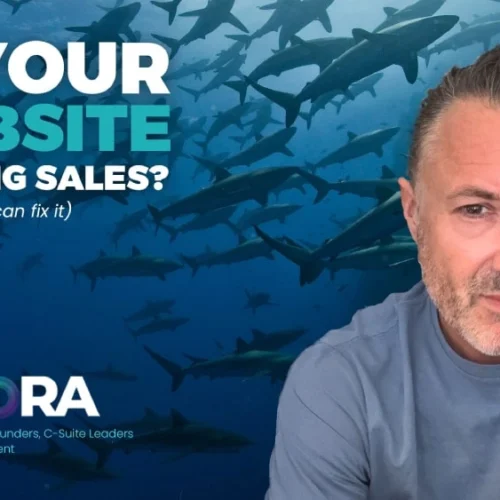If you’re preparing your business for acquisition, marketing plays a bigger role than many founders realise. A strong brand, clear positioning, and visible demand signal value to potential buyers. Done right, marketing helps increase your valuation and attract more serious, better-aligned offers.
So where do you start?
-
Define what makes your business valuable
Before you put effort into polishing your brand or boosting traffic, take a step back. Why would someone buy your company?
List the assets you’re selling – product, people, customer base, brand reputation, recurring revenue. Now ask: what proof points do we have? We’re talking about specific, verifiable pieces of evidence that supports any claims you’re likely to be making about the business. Now look at how visible they are to the outside world…
If you’ve got great client retention, publish a simple case study. If your product reduces cost or increases efficiency, share the before-and-after. Buyers pay more for businesses that are well understood and easy to explain.
Example: One of our clients had impressive recurring revenue growth but no public signal of it. We helped them create a monthly metrics dashboard and a content series showing the platform’s usage across sectors. It changed investor conversations almost overnight.
-
Align your brand with your business model
When your messaging is inconsistent or generic, buyers struggle to see the opportunity. Make sure your website, pitch deck and social profiles reflect the reality of the business.
- Do you sell to enterprises? Your site should speak to buyer pain, not just features.
- Is your product specialised? Highlight your niche, not your flexibility.
- Are your customers loyal? Showcase testimonials and multi-year case studies.
A clear brand doesn’t need to be flashy. It needs to be aligned!
Tip: Try reading your website homepage out loud to a colleague. Does it sound like you, or could it belong to any SaaS company?
-
Make your growth engine visible
Buyers want to know how you acquire customers and whether it can scale. If your marketing efforts feel hidden or ad hoc, they might assume the business is too.
Start documenting your pipeline sources:
- Where do qualified leads come from?
- How long is your sales cycle?
- What channels drive conversion?
Make this part of your content. A simple explainer on how your customers find you and why they buy builds confidence.
Data point: Businesses that can clearly demonstrate their cost per acquisition and customer lifetime value are often valued higher.
-
Cut what doesn’t help the narrative
Now’s the time to be intentional. If a campaign, landing page or channel isn’t driving results or supporting your story, turn it off or archive it.
Too many fragmented assets dilute your brand and confuse buyers. Audit your content and marketing activity. Keep what reinforces your value. Remove what distracts.
Question to ask: If a buyer looked through our LinkedIn feed or blog, what story would they take away? Is that the story we want to tell?
-
Build thought leadership that reflects your expertise
People want to buy companies led by people who understand their space. Share insights on industry trends, customer challenges, or lessons from scaling. You don’t need to post daily or write lengthy whitepapers. Just be consistent and intentional.
Write as a founder or operator, not as a marketer. Make it easy for buyers to picture you as a partner they trust.
Example: A former client wrote a short series on the operational pain points in their niche. It drew attention from a competitor’s corporate development team, which opened the door to acquisition talks.
-
Prepare your marketing data like due diligence
You’ll be asked for web analytics, campaign results, funnel metrics and brand assets. Organise them early. Show historical trends, not just snapshots.
A strong marketing dataset demonstrates maturity and lowers buyer risk. Don’t wait until diligence to assemble it.
Checklist:
- GA4/HubSpot dashboards or exports
- Lead gen performance (by channel)
- Key campaign outcomes
- Brand assets and guidelines
- Testimonials or case studies
-
Stay human in your positioning
Avoid slipping into generic business-speak. Buyers aren’t just assessing your product, they’re assessing your team and how well you communicate your value.
Write in plain language. Speak directly to the problems you solve. Use real numbers, not marketing claims.
Test it: Can someone outside your industry understand what you do and why it matters in under 30 seconds?
Where Remora comes in
At Remora, we work with B2B tech businesses preparing for acquisition or investment. Our role is to make your brand and marketing reflect the business you’ve built, clearly, credibly and without the noise.
If you’re not sure where to start, or how your current marketing shows up to buyers, we’re happy to take a look.






















